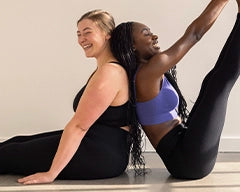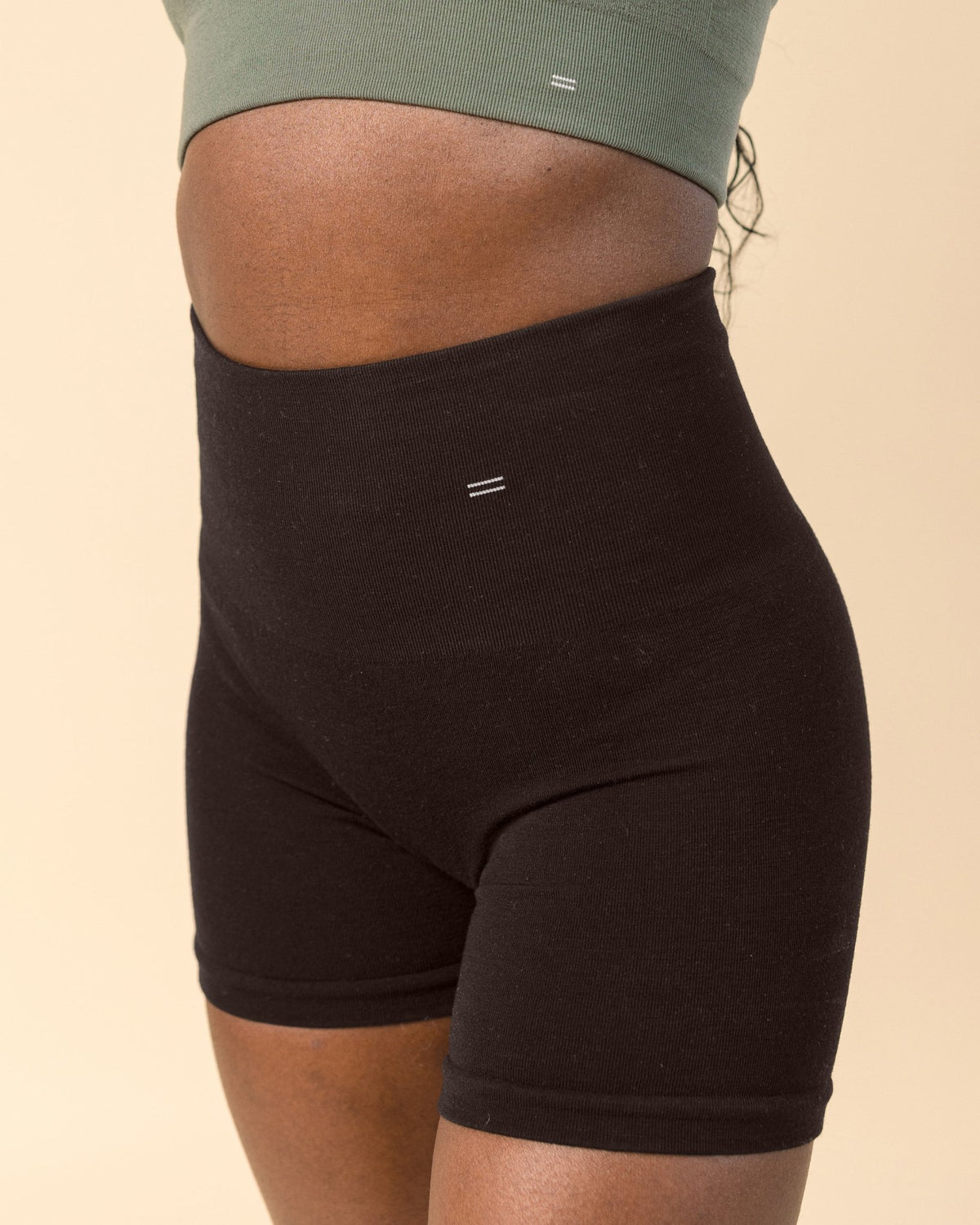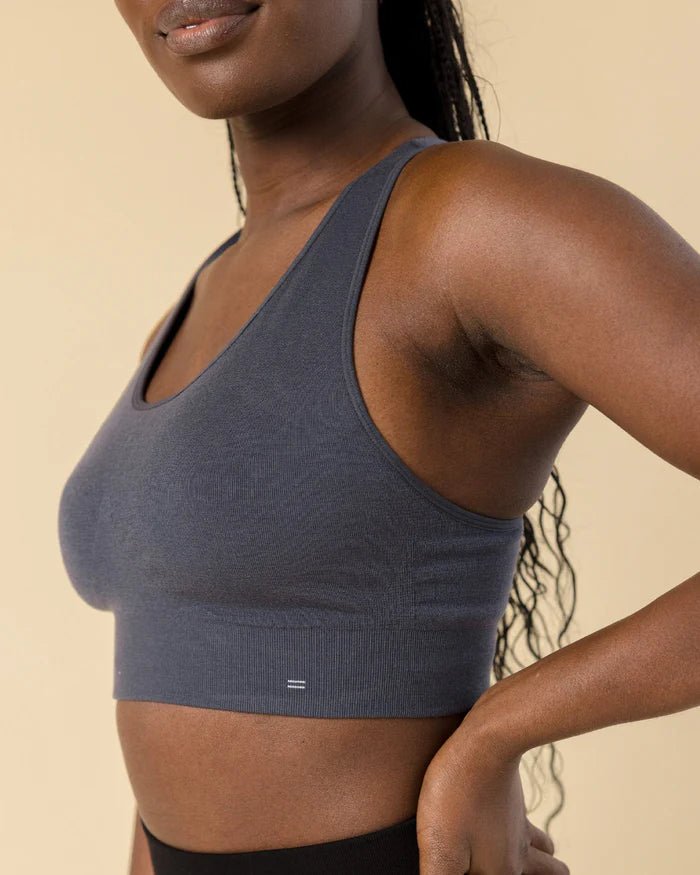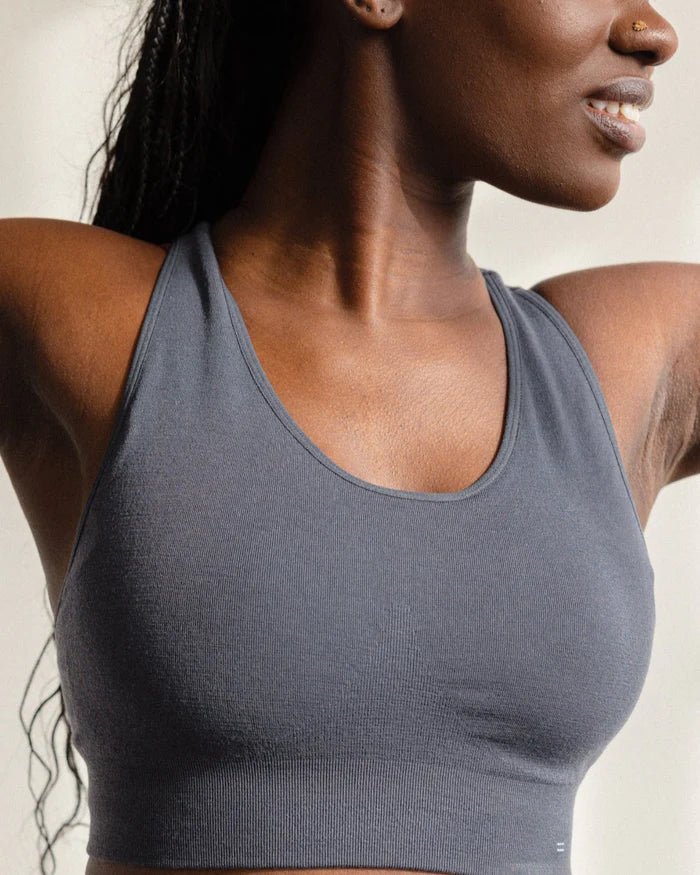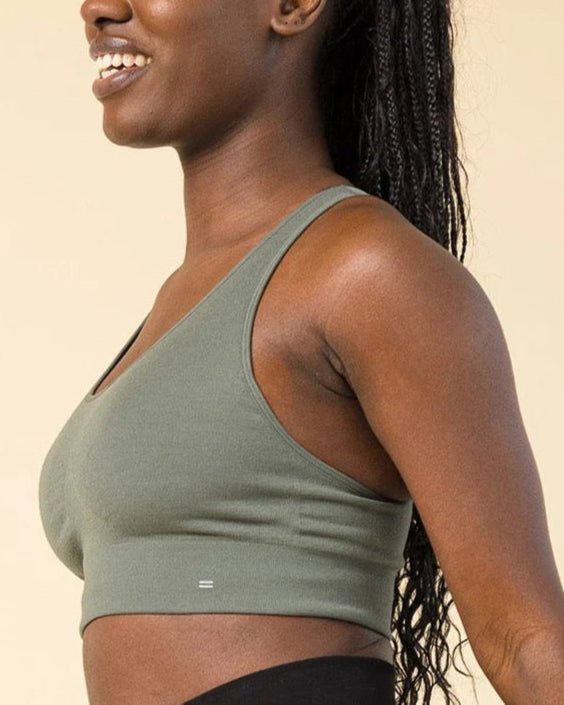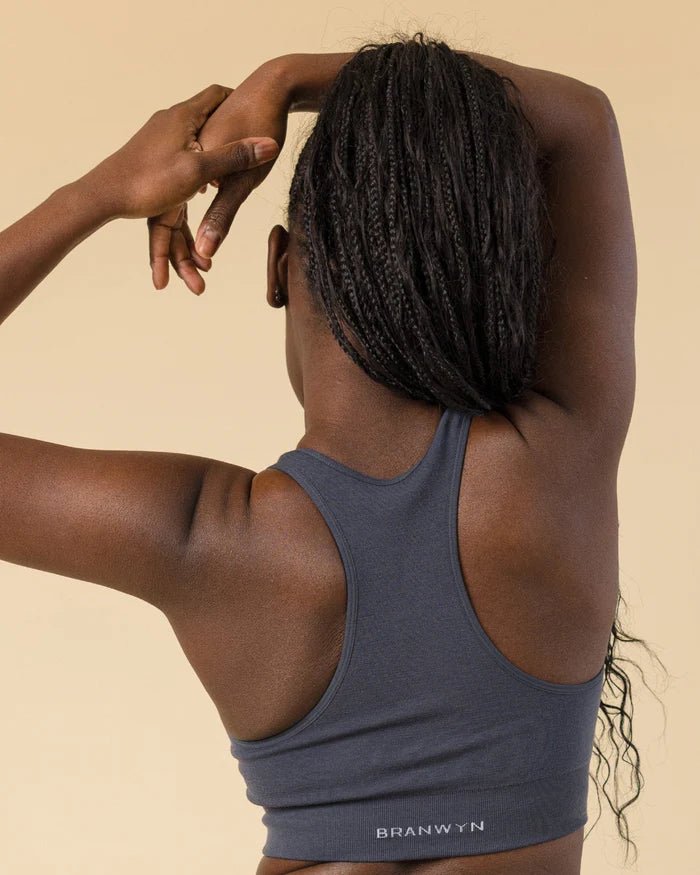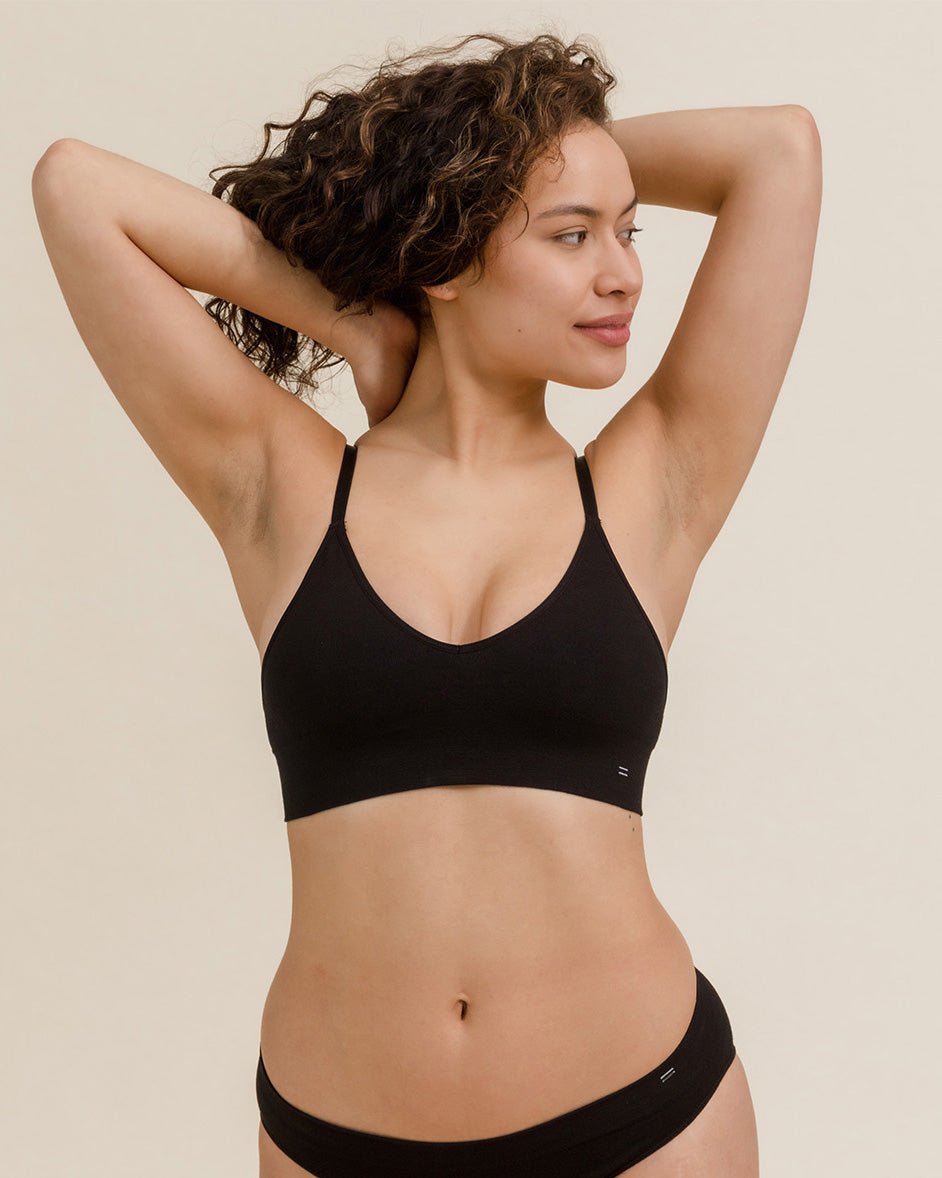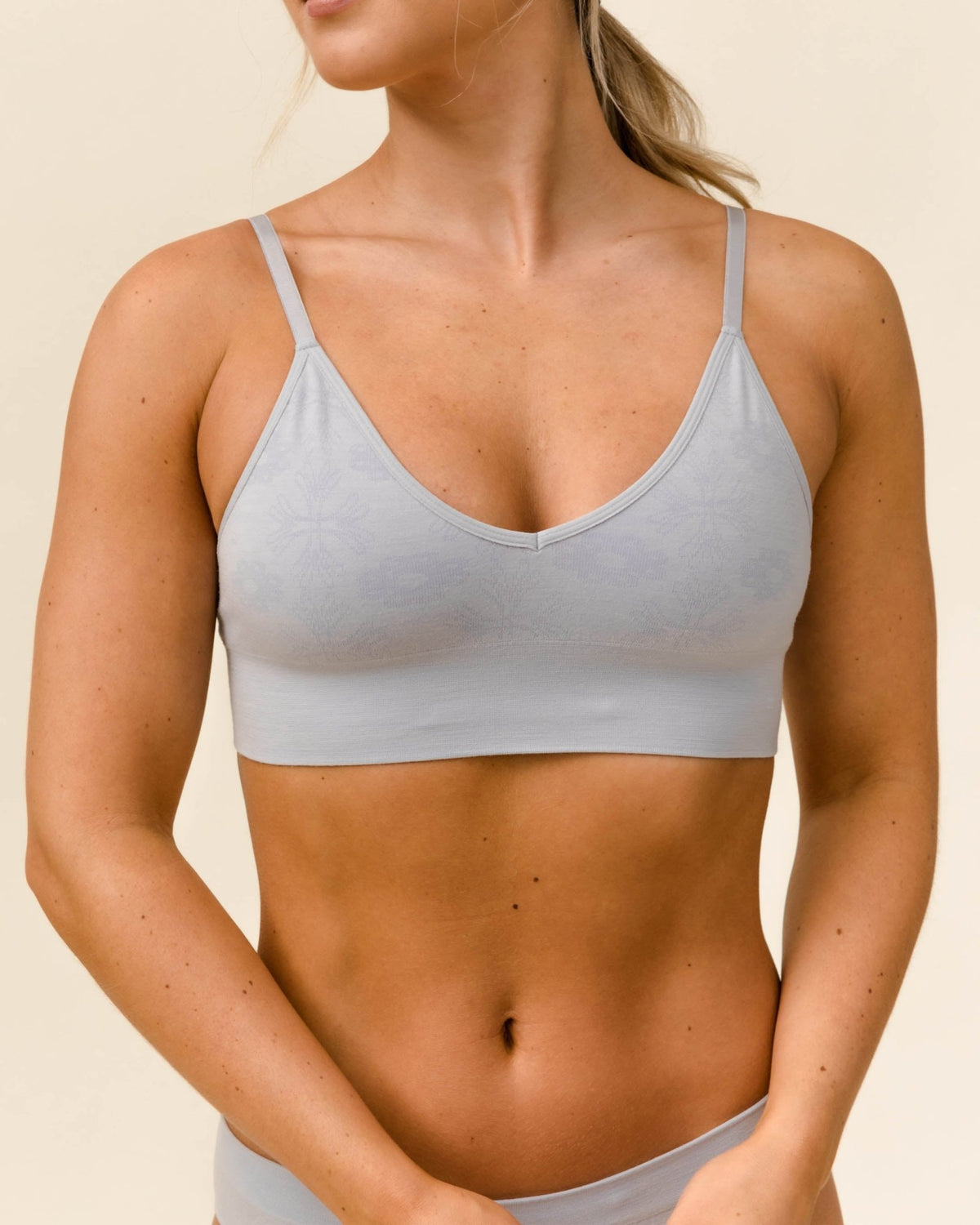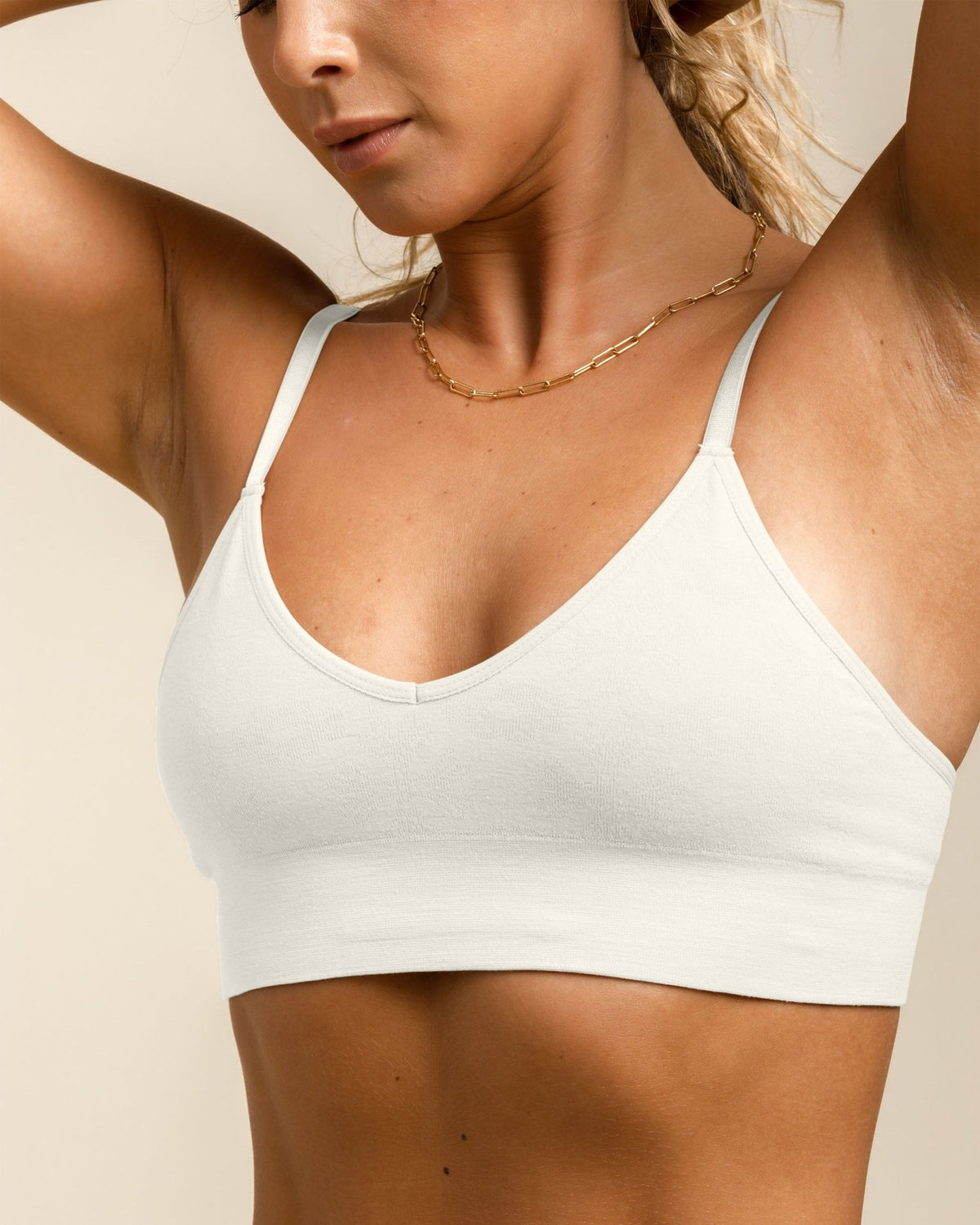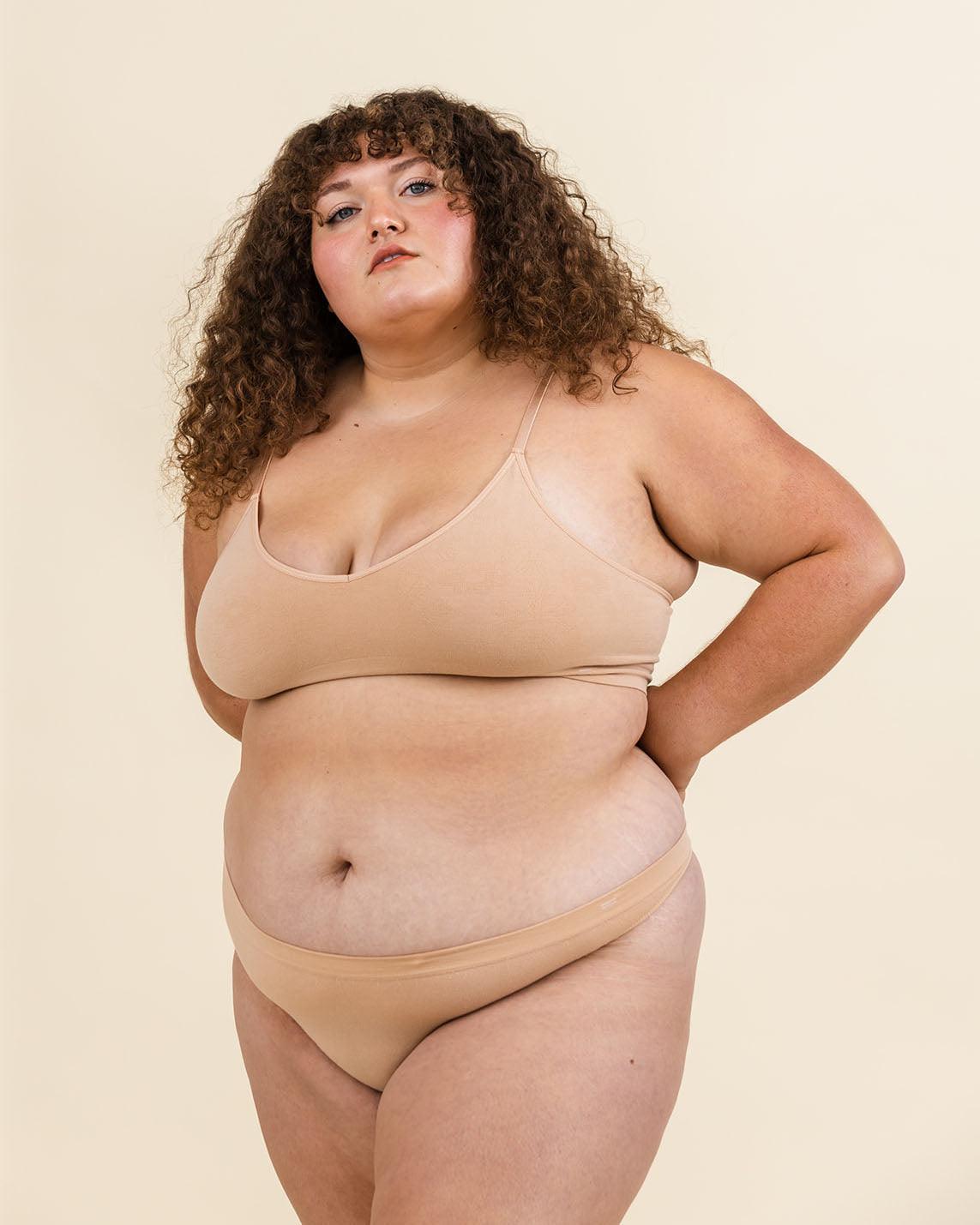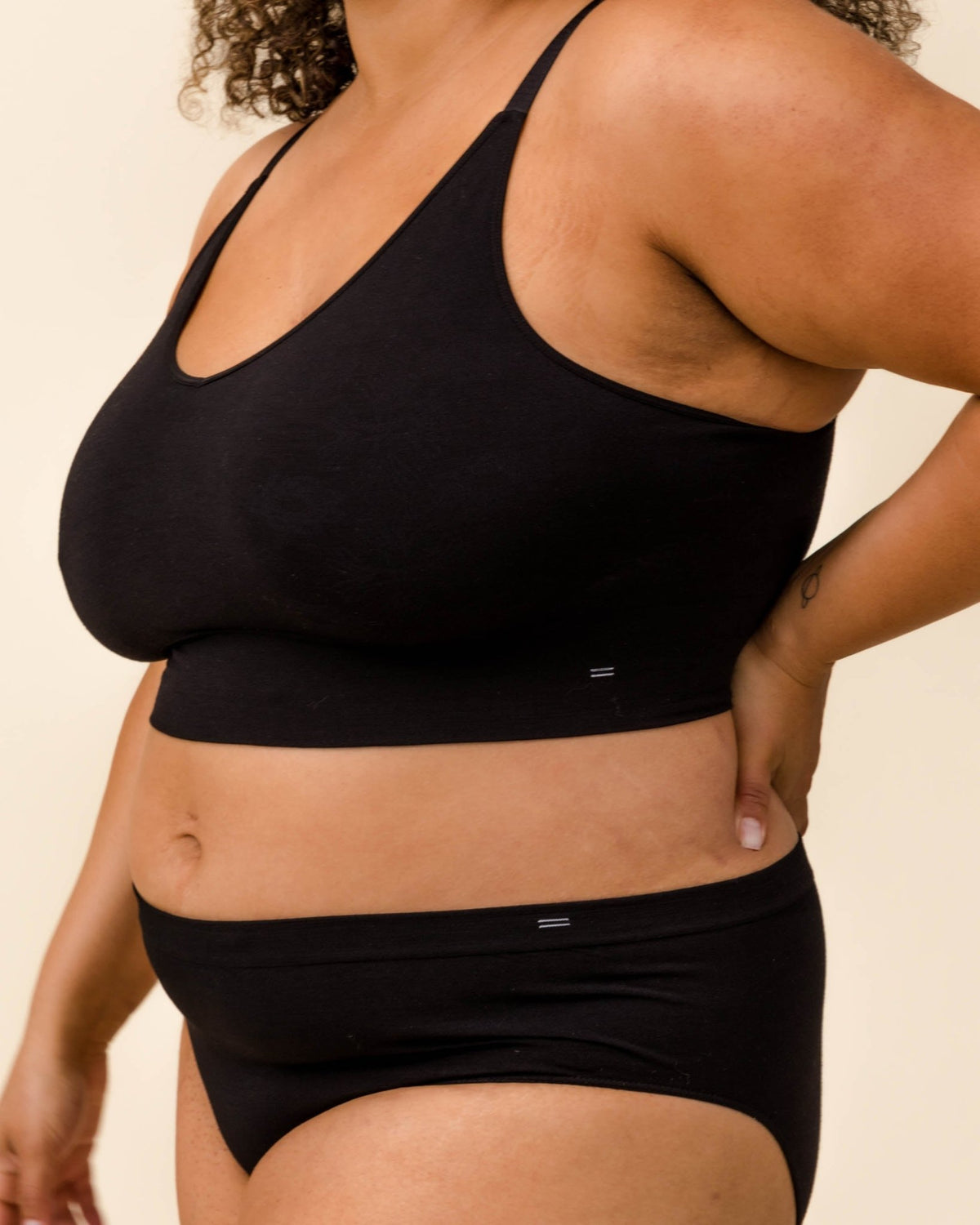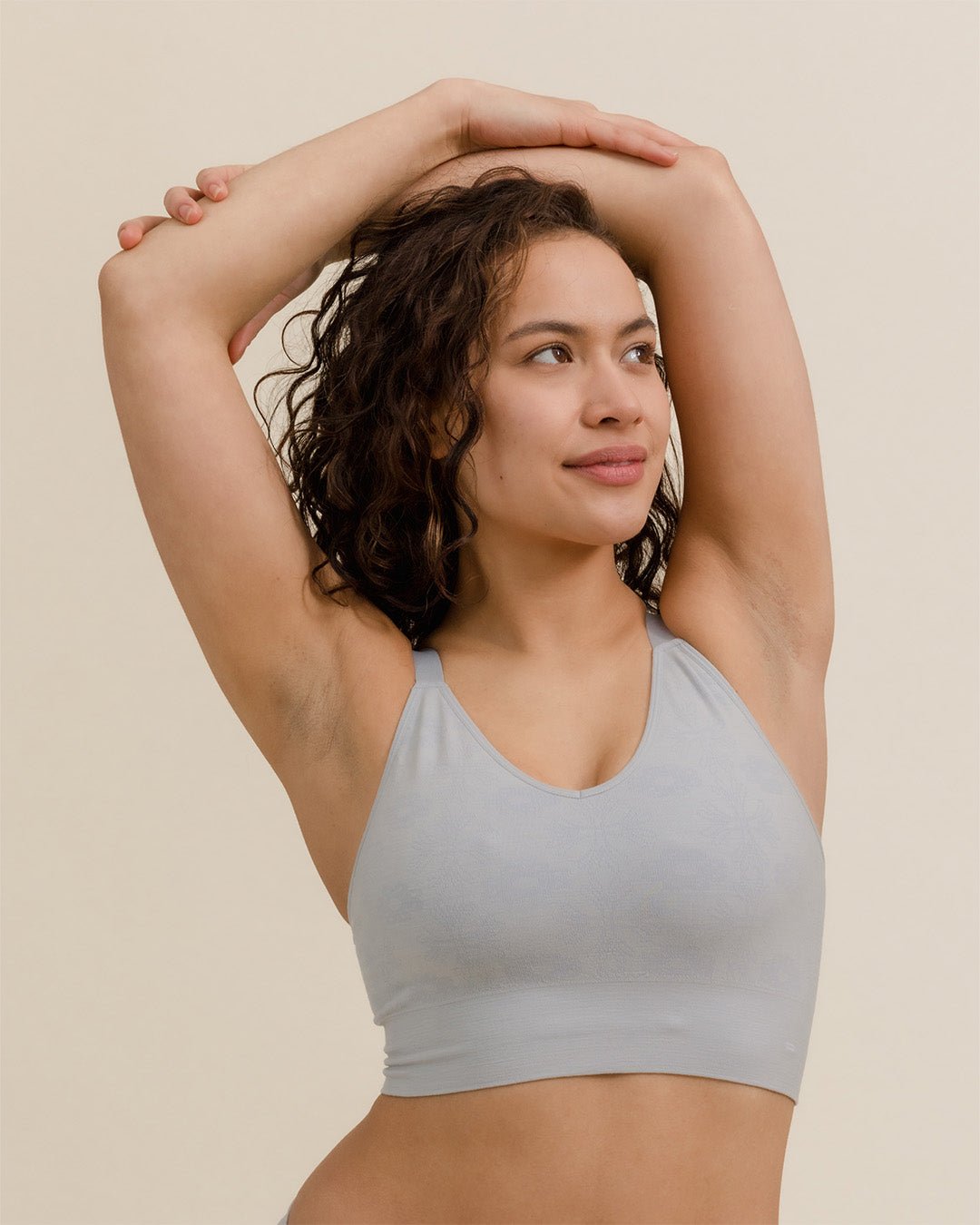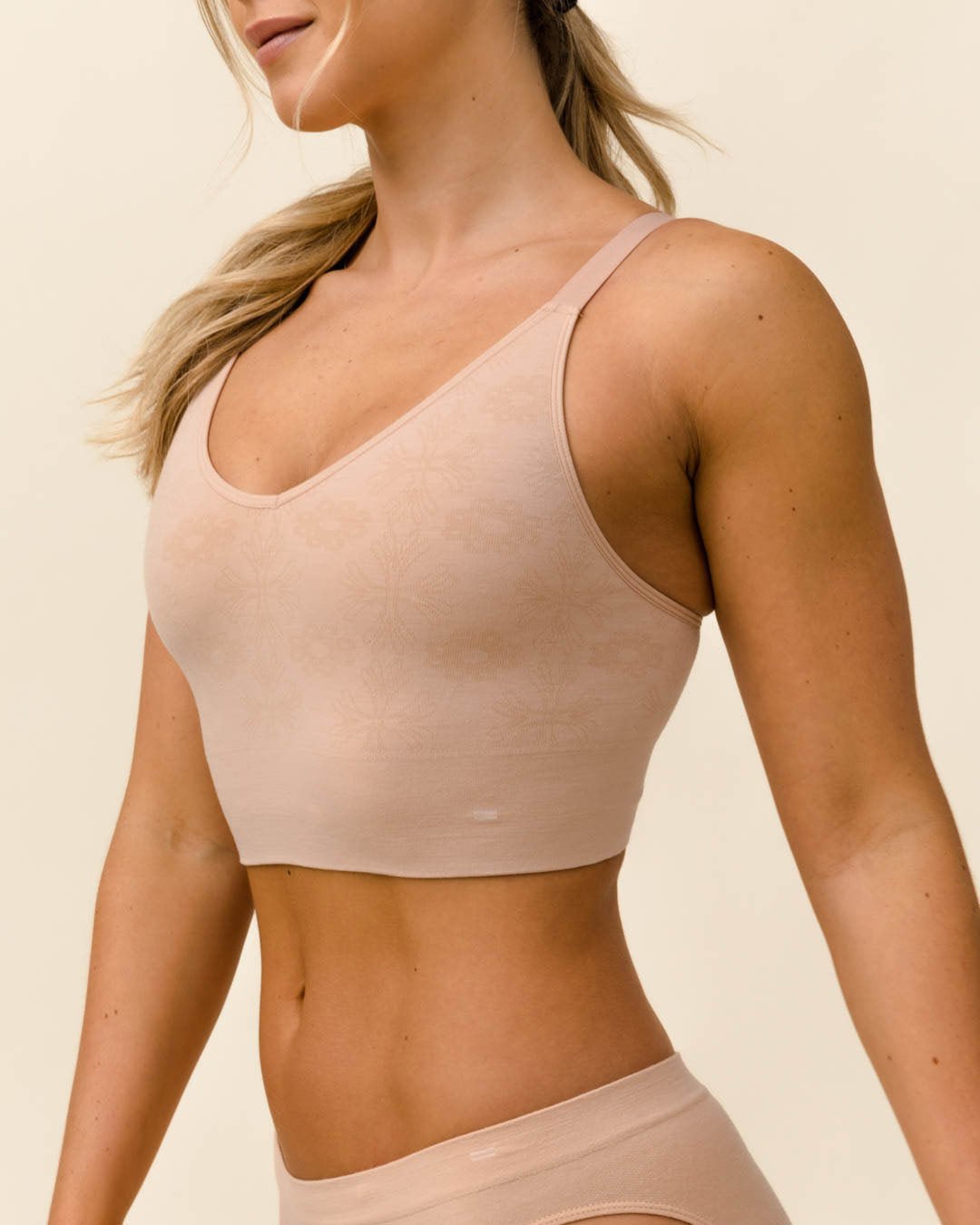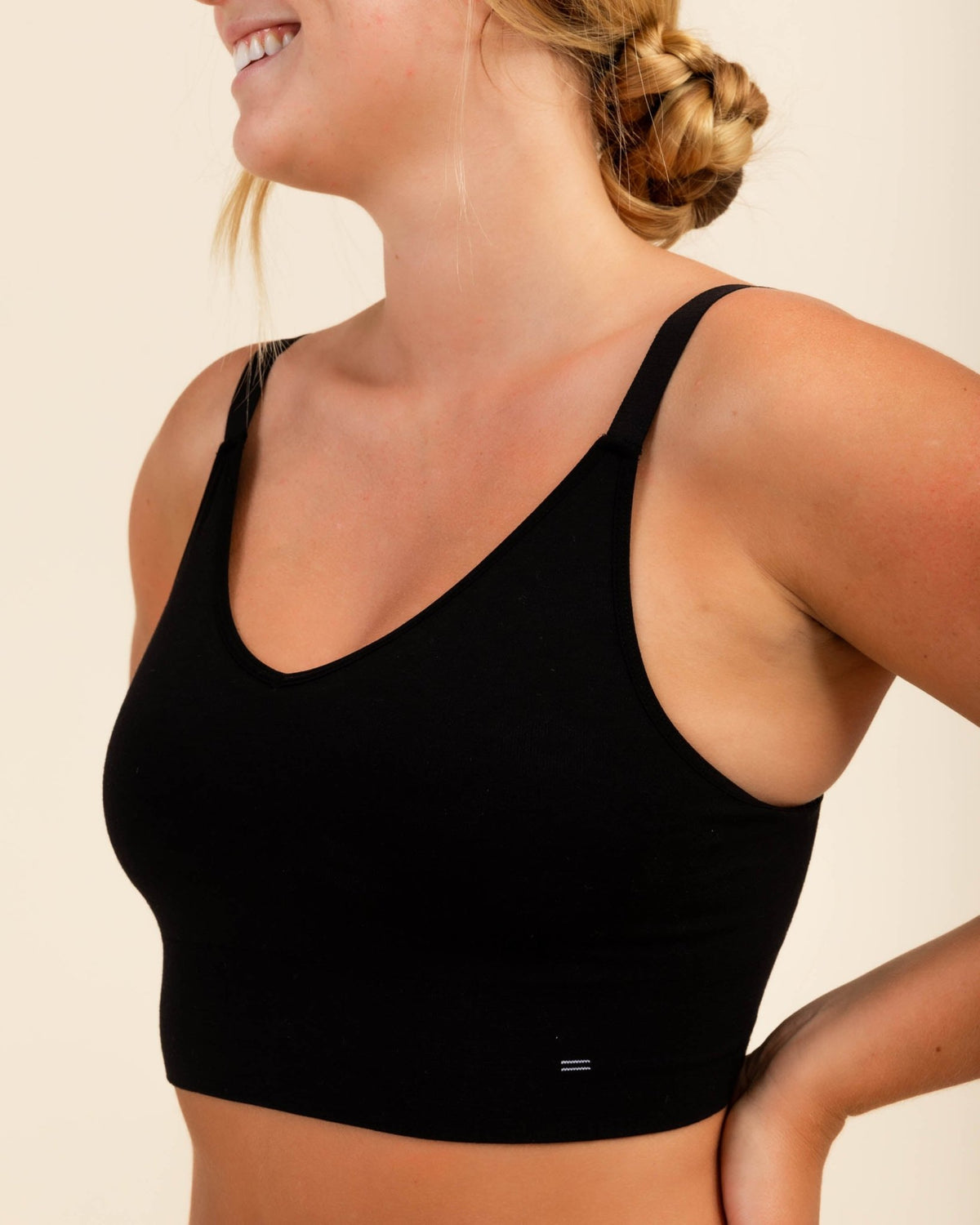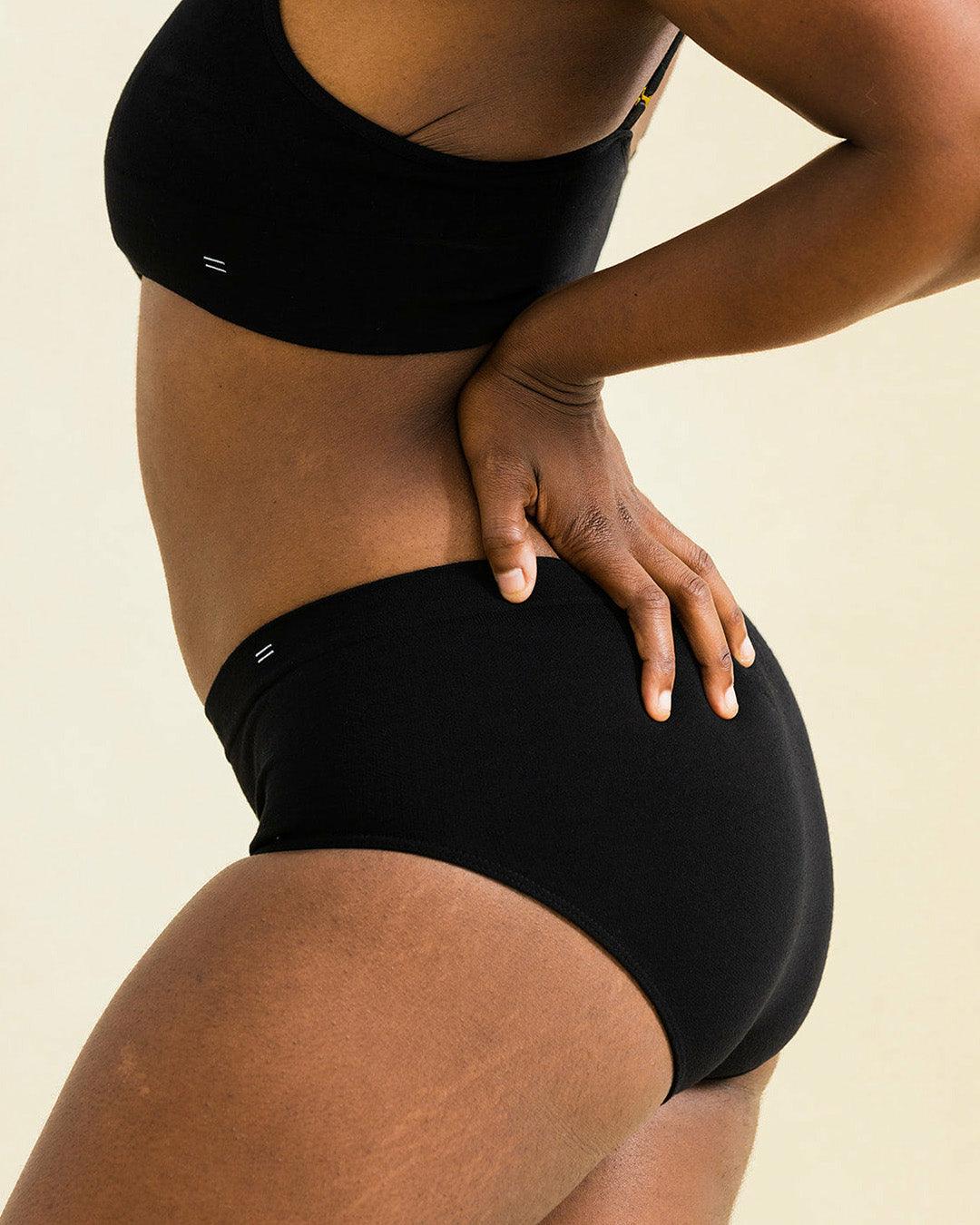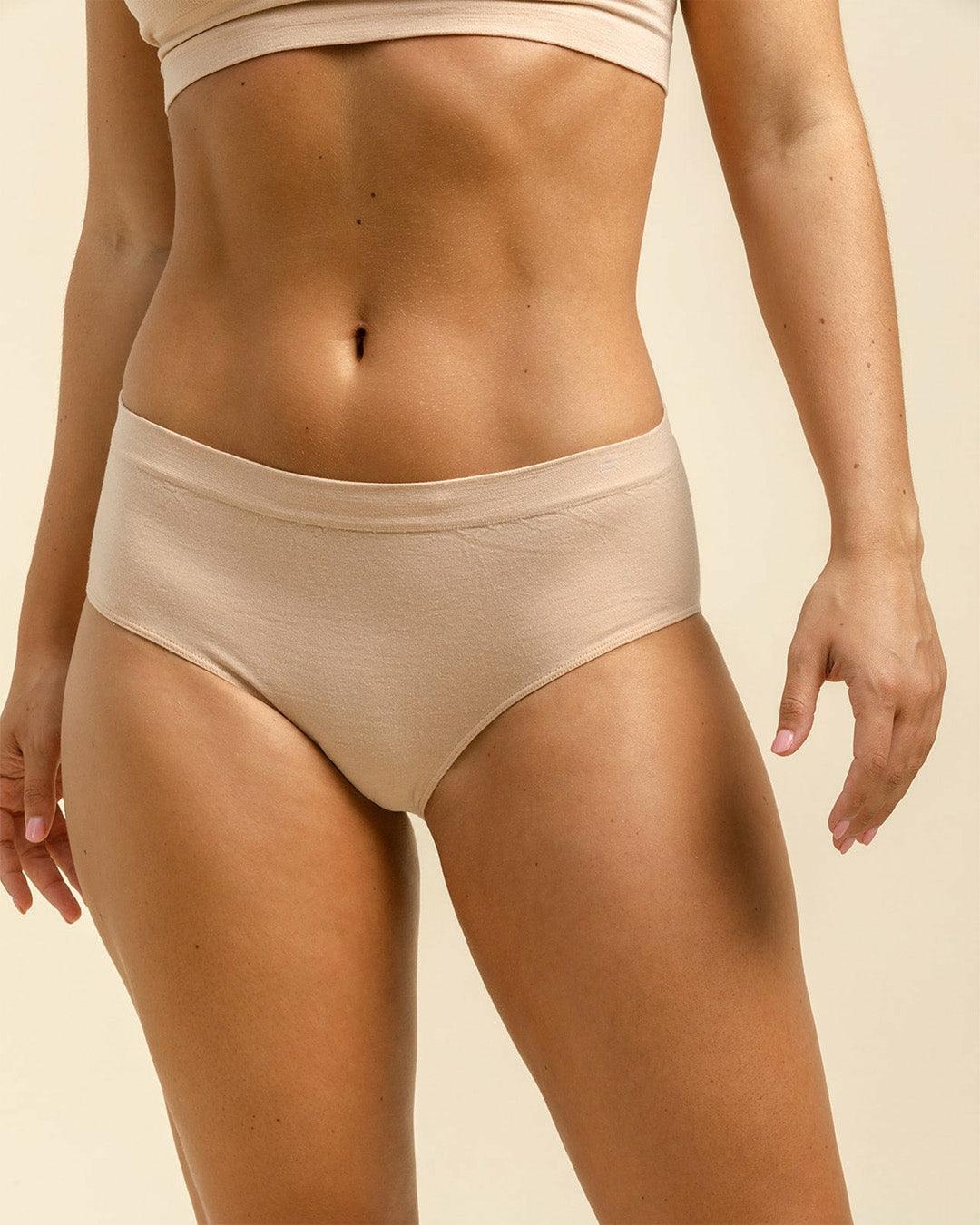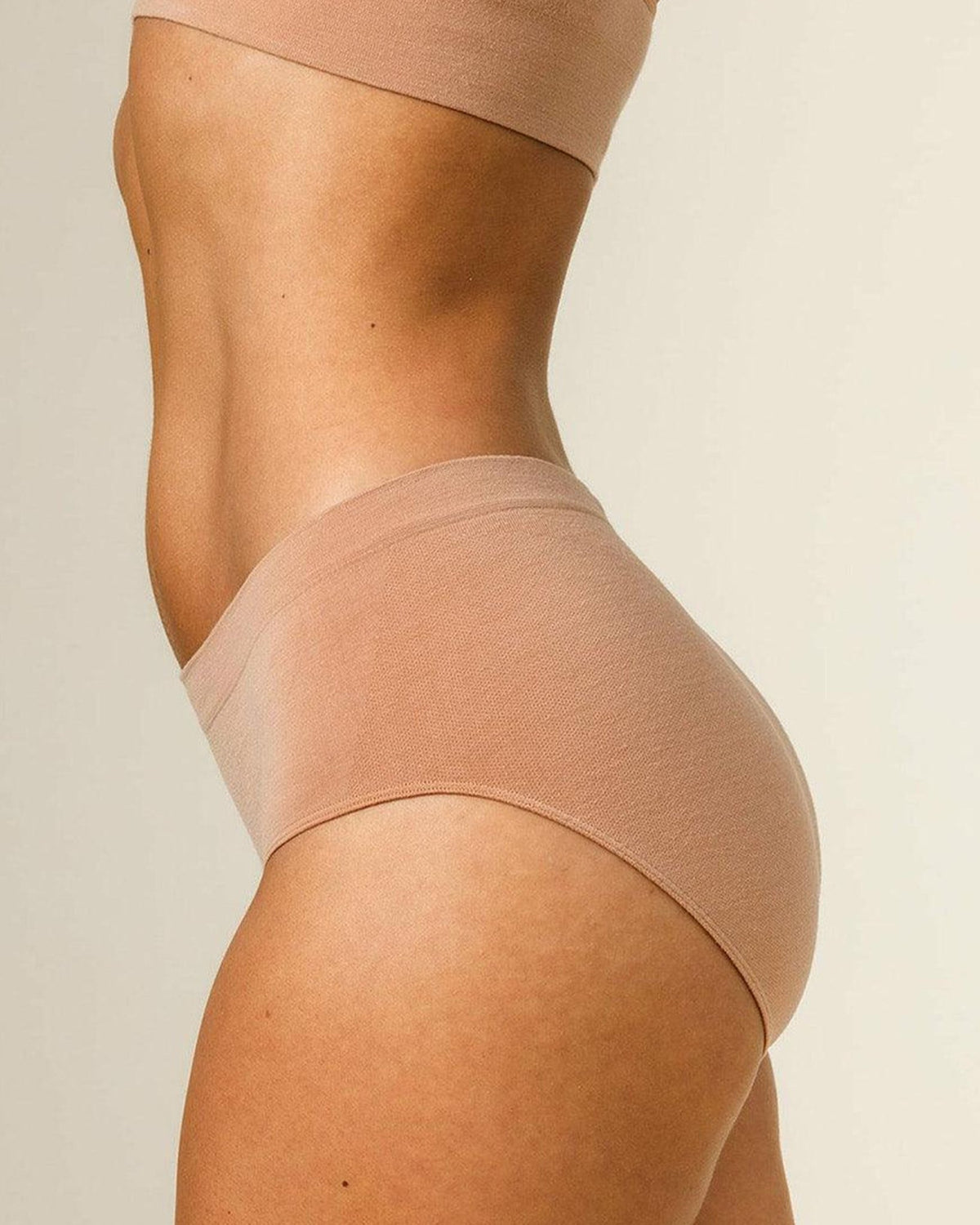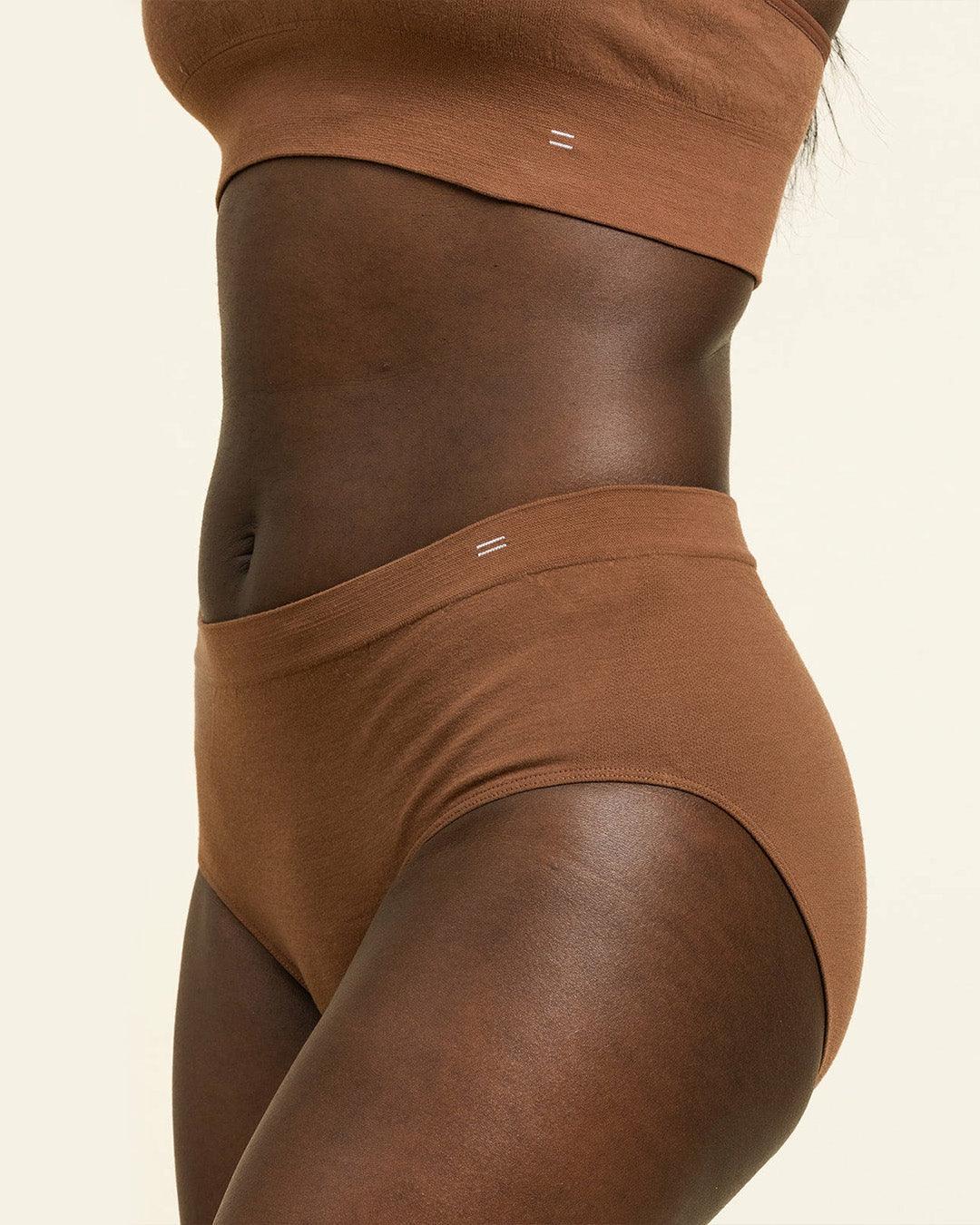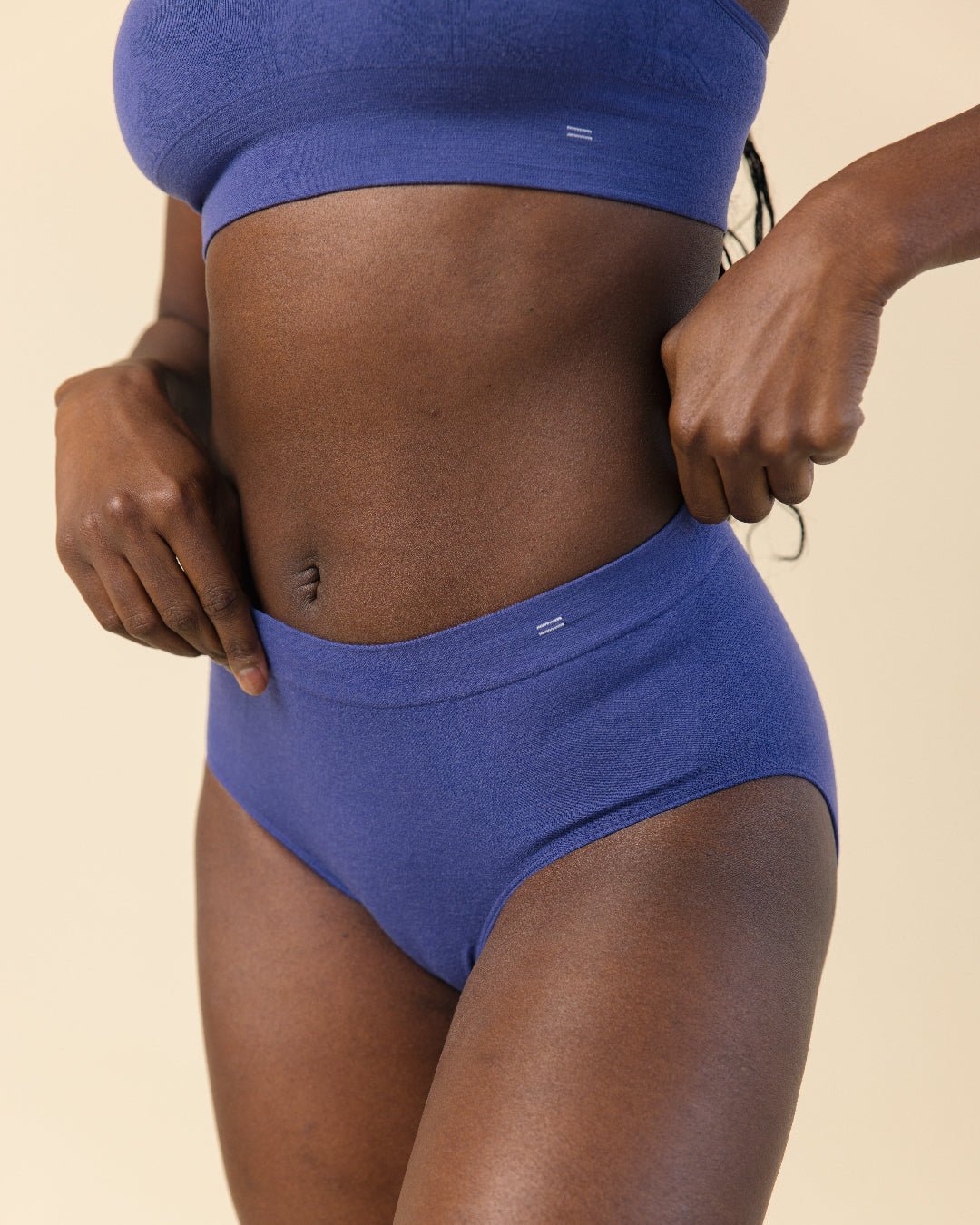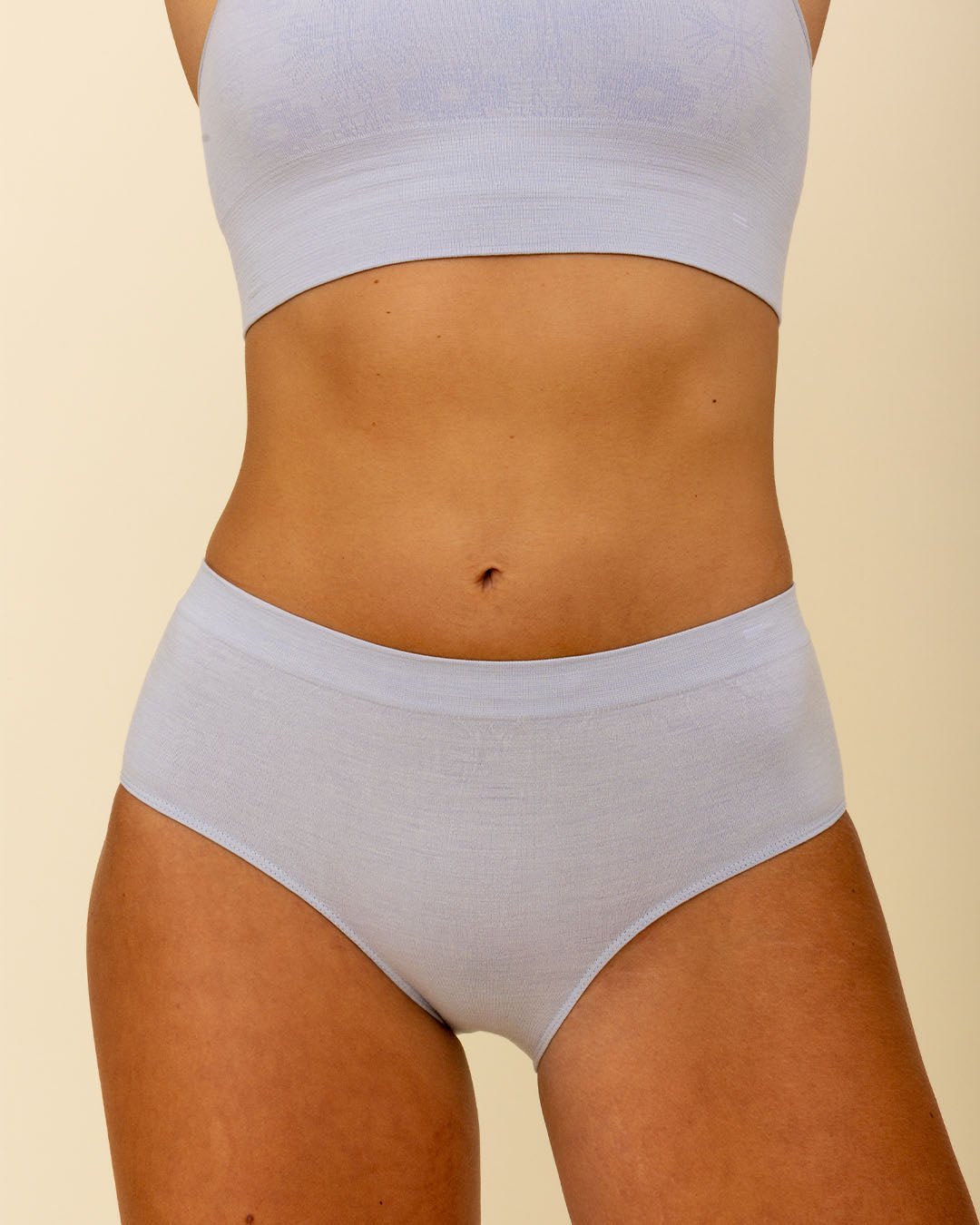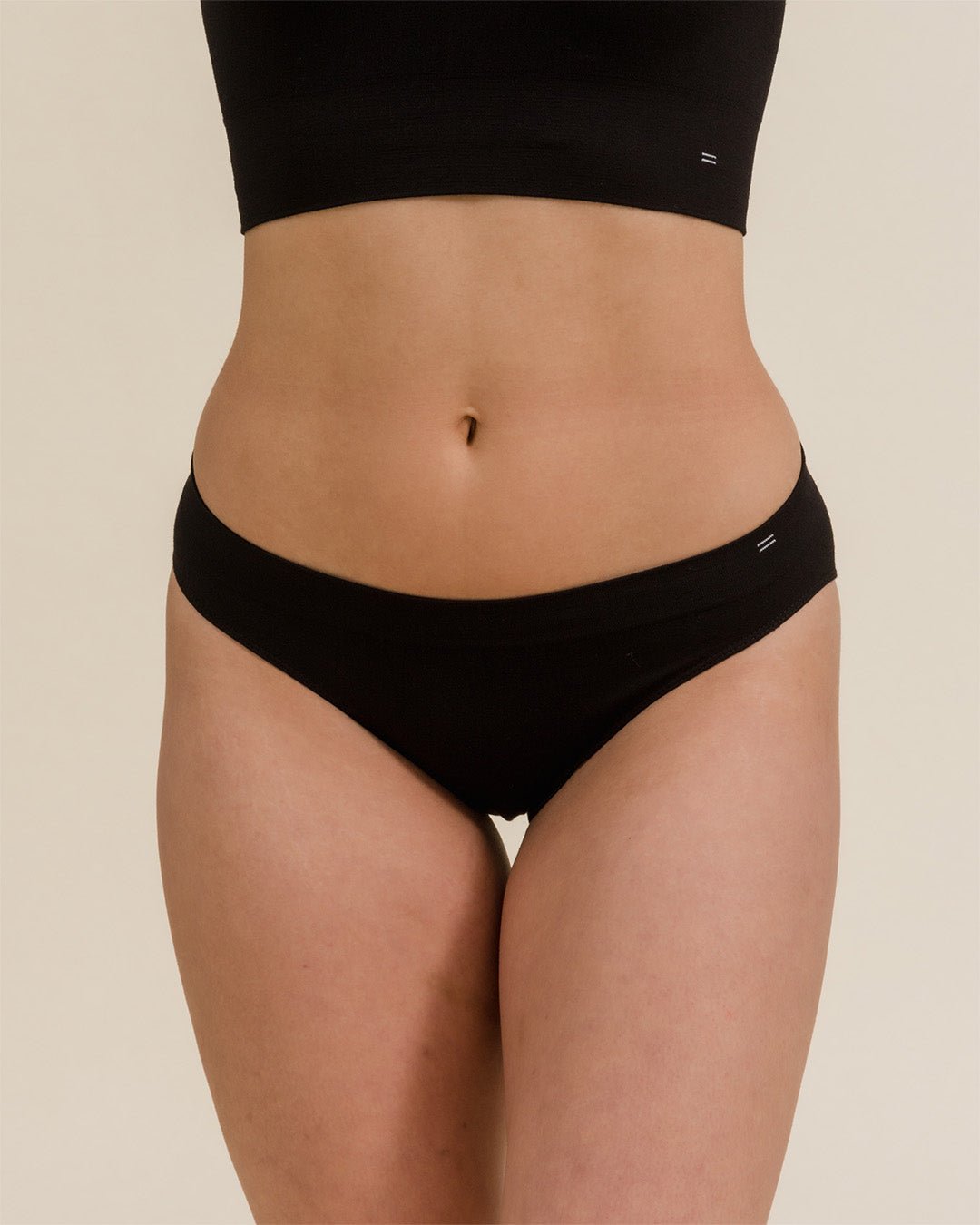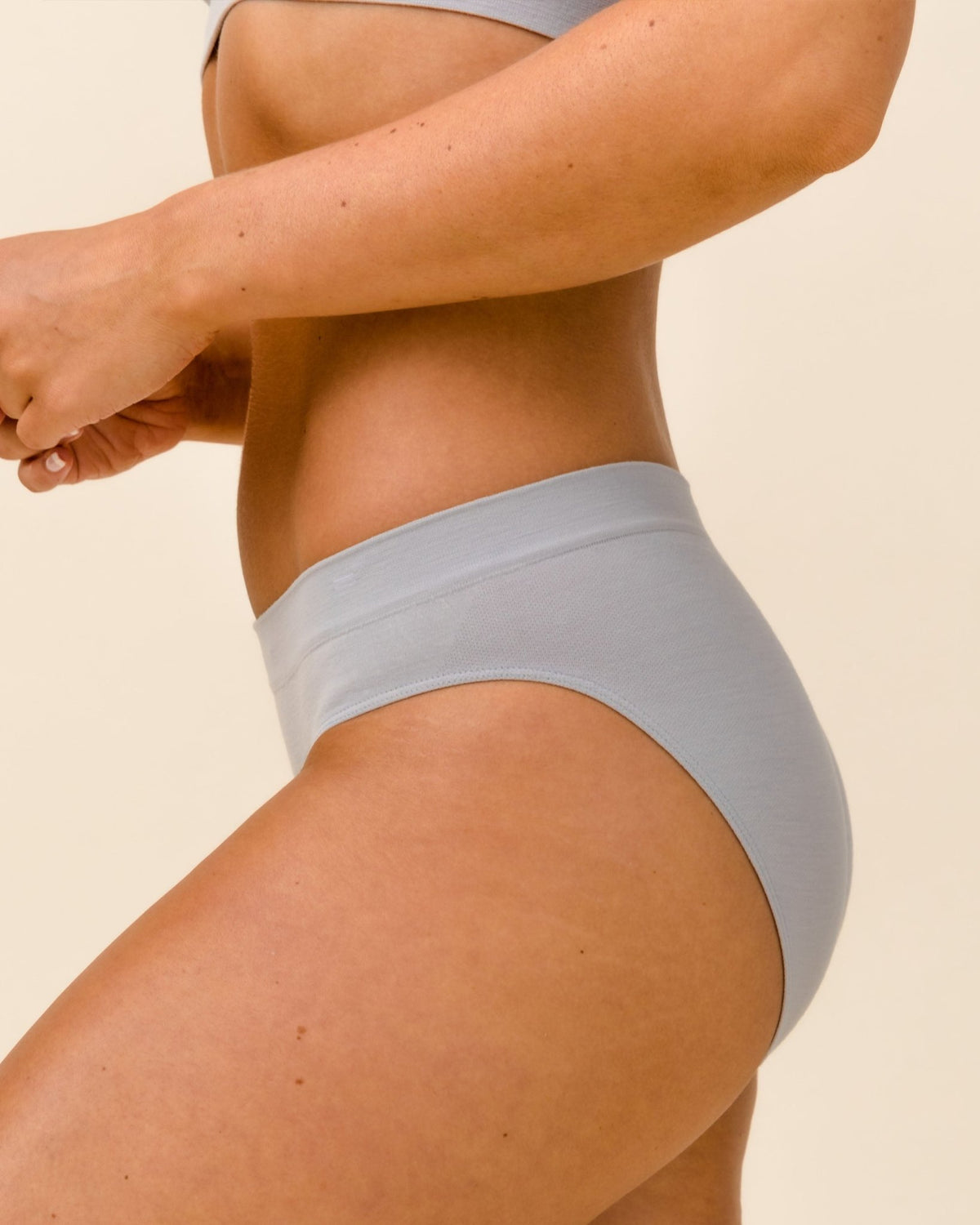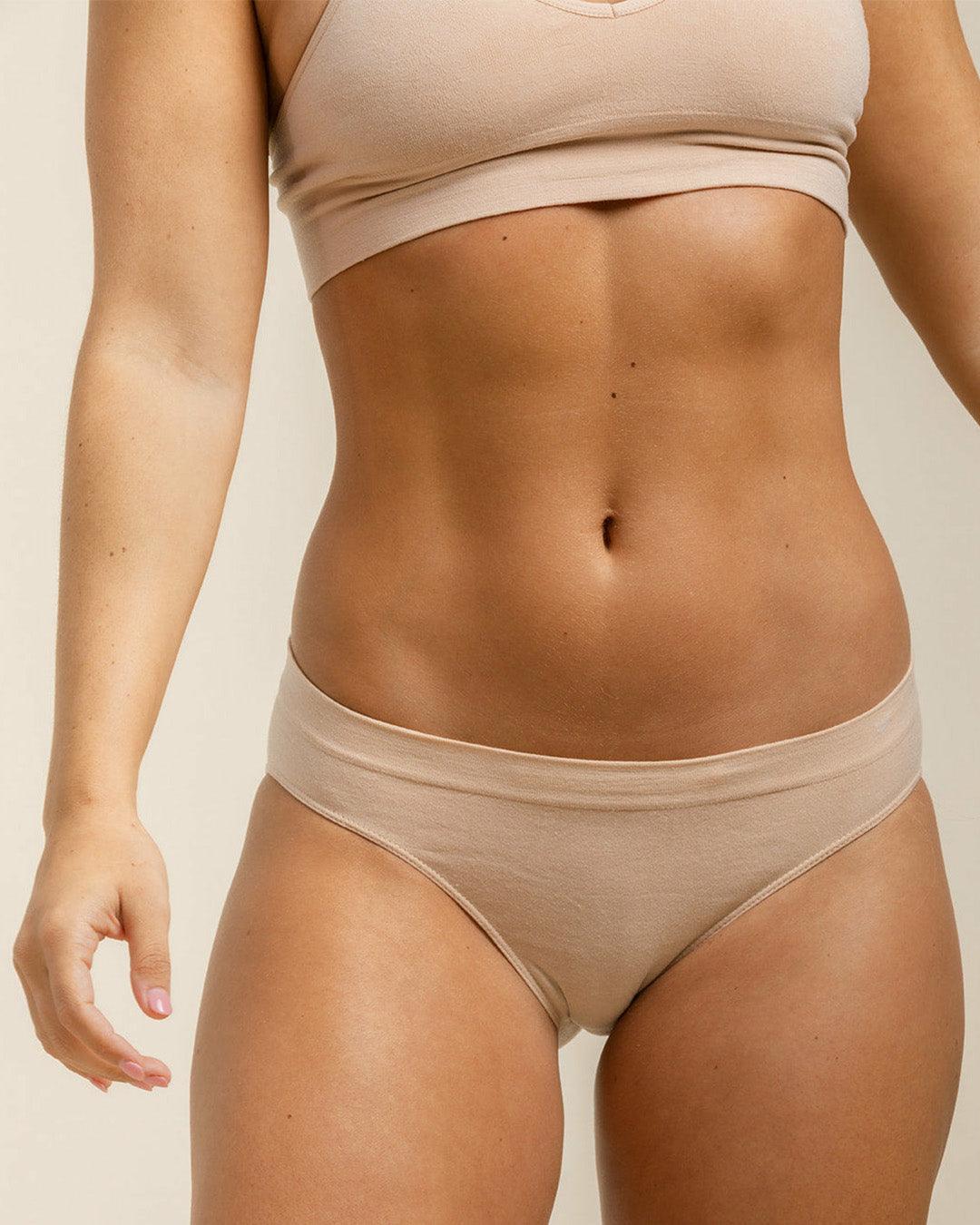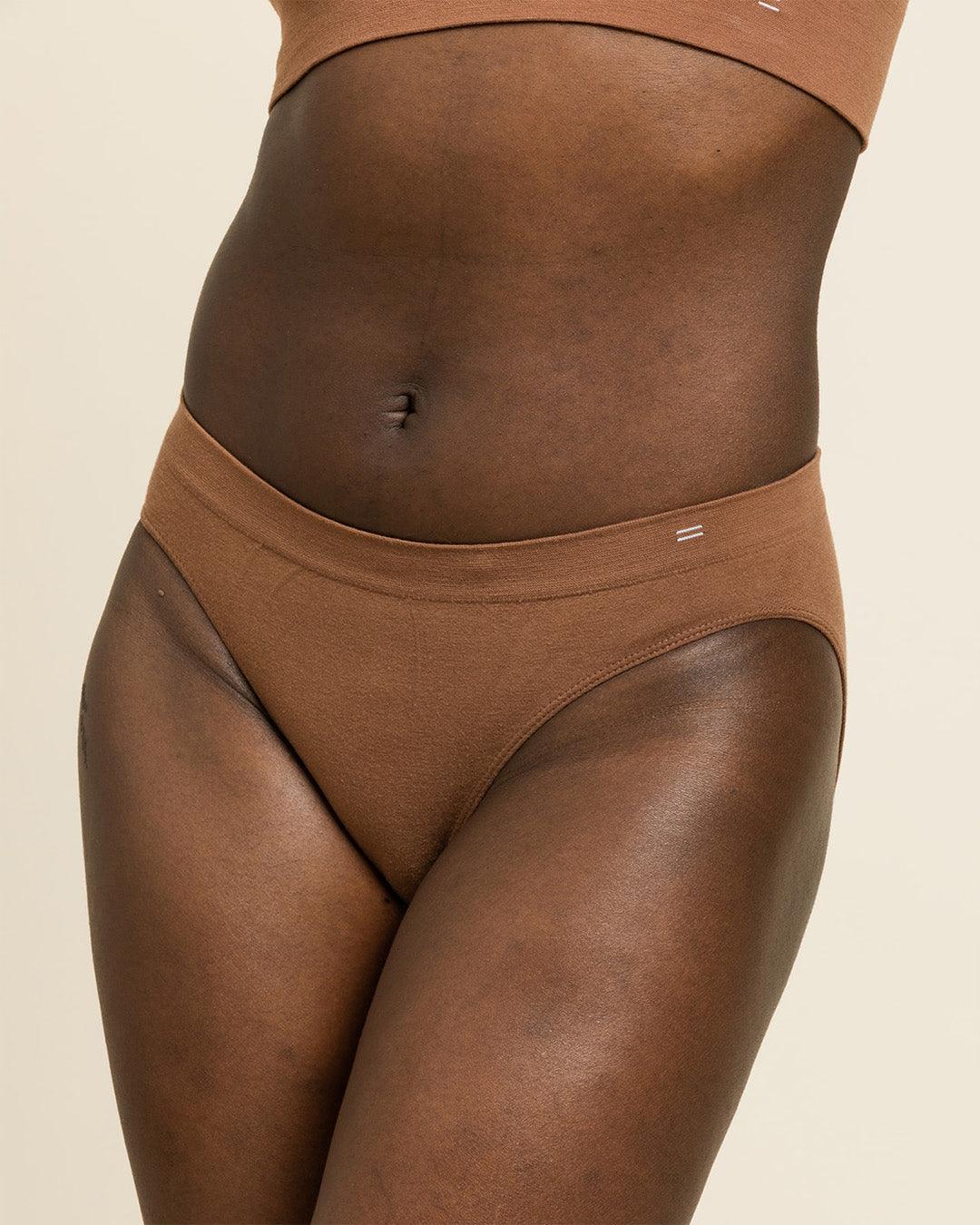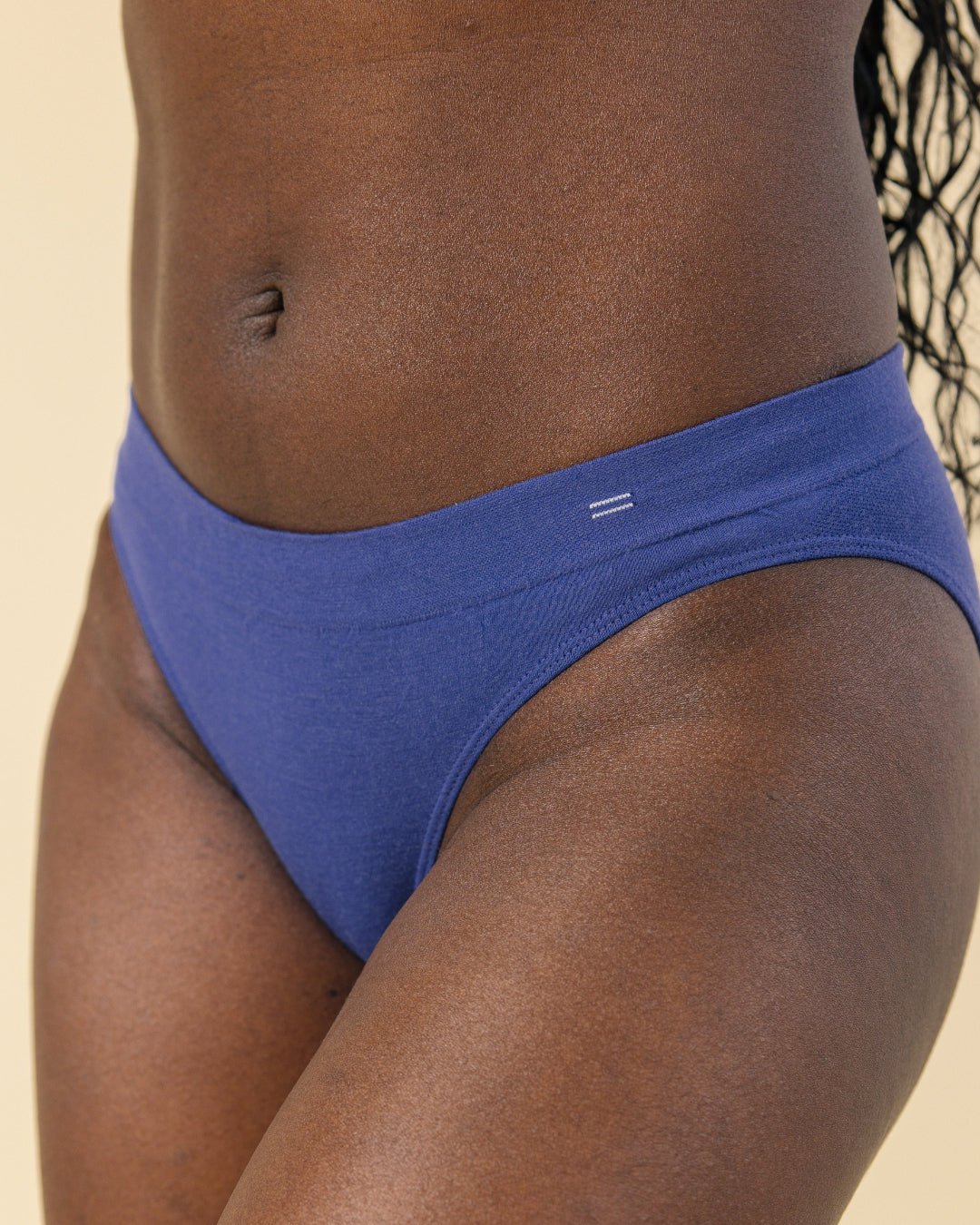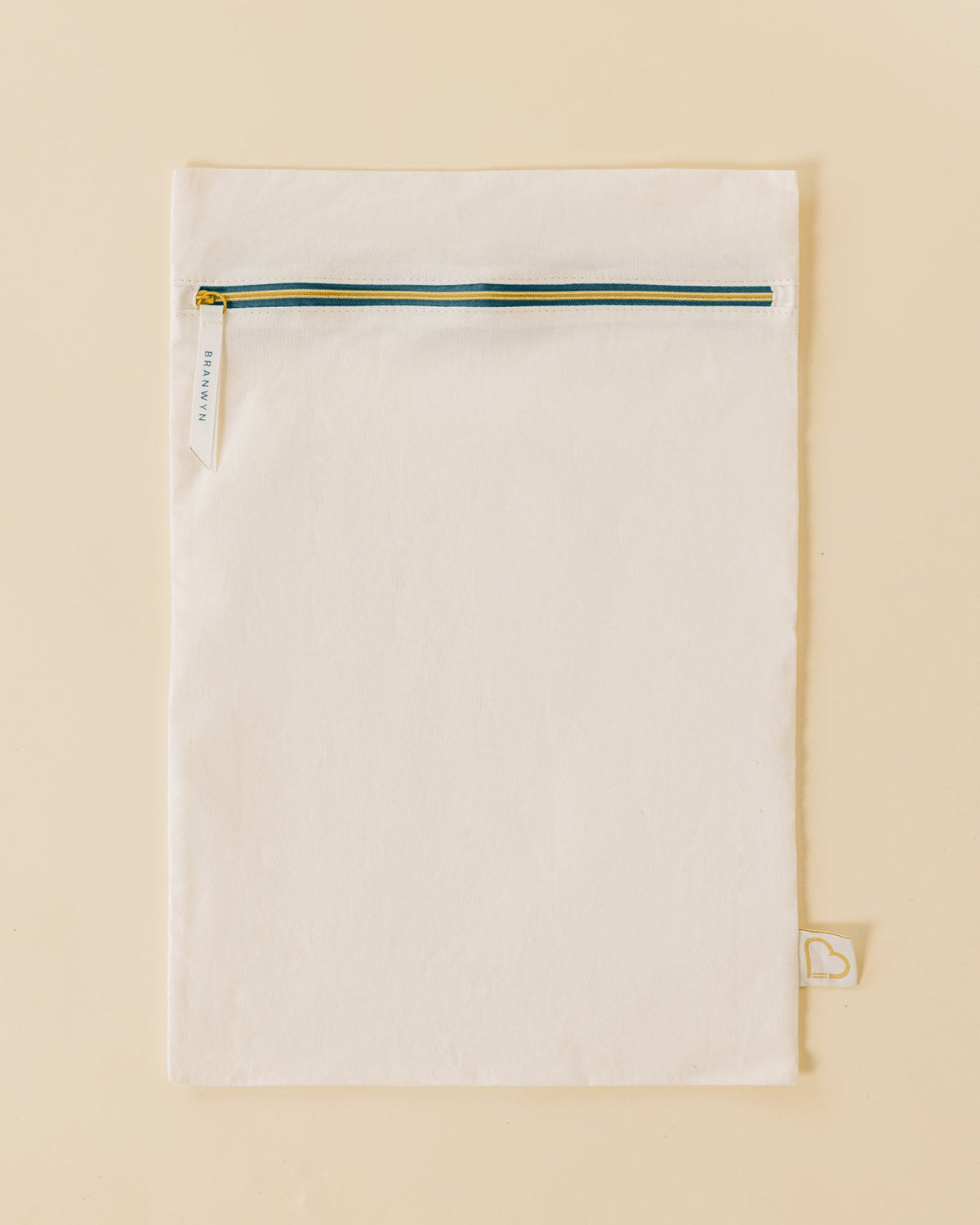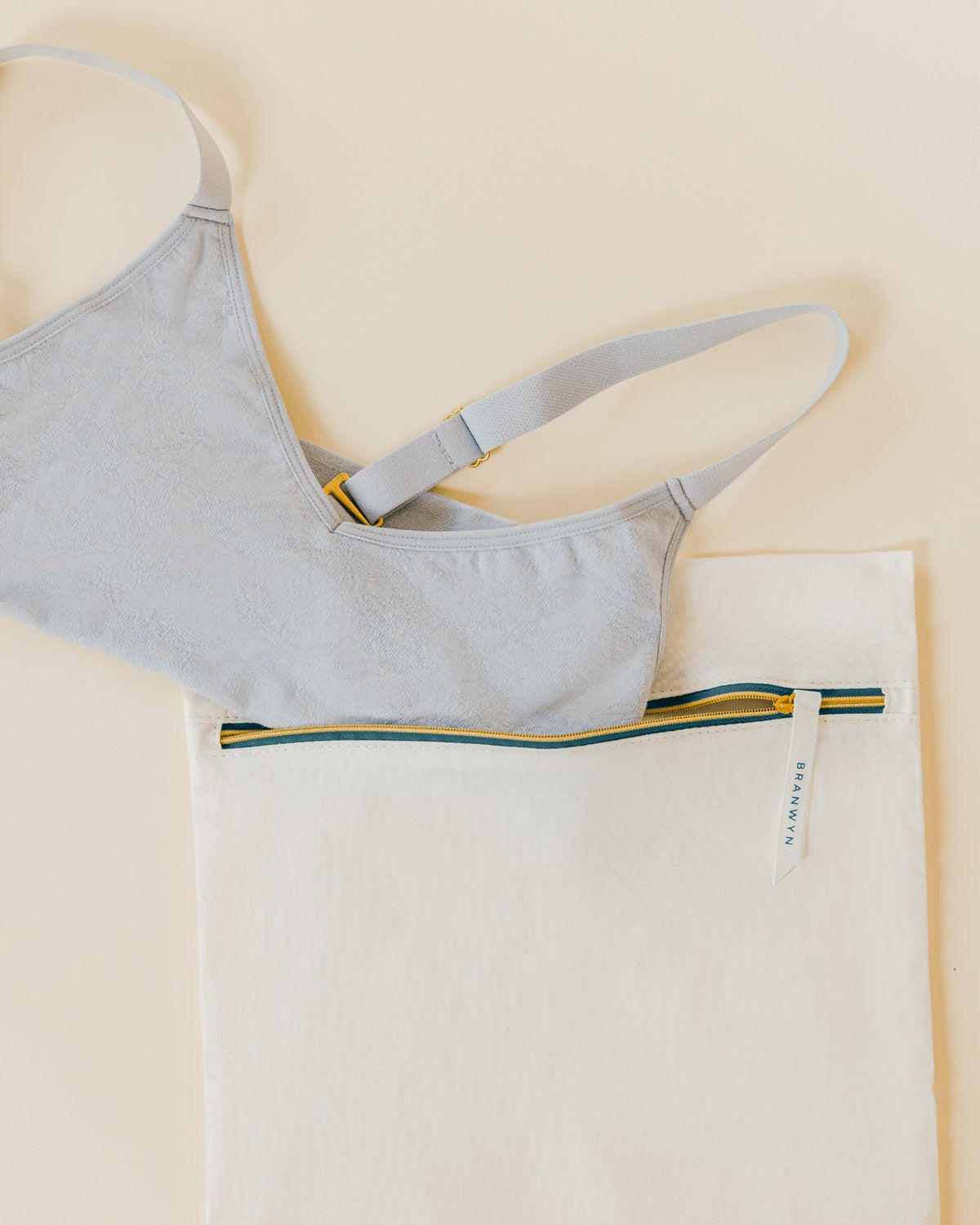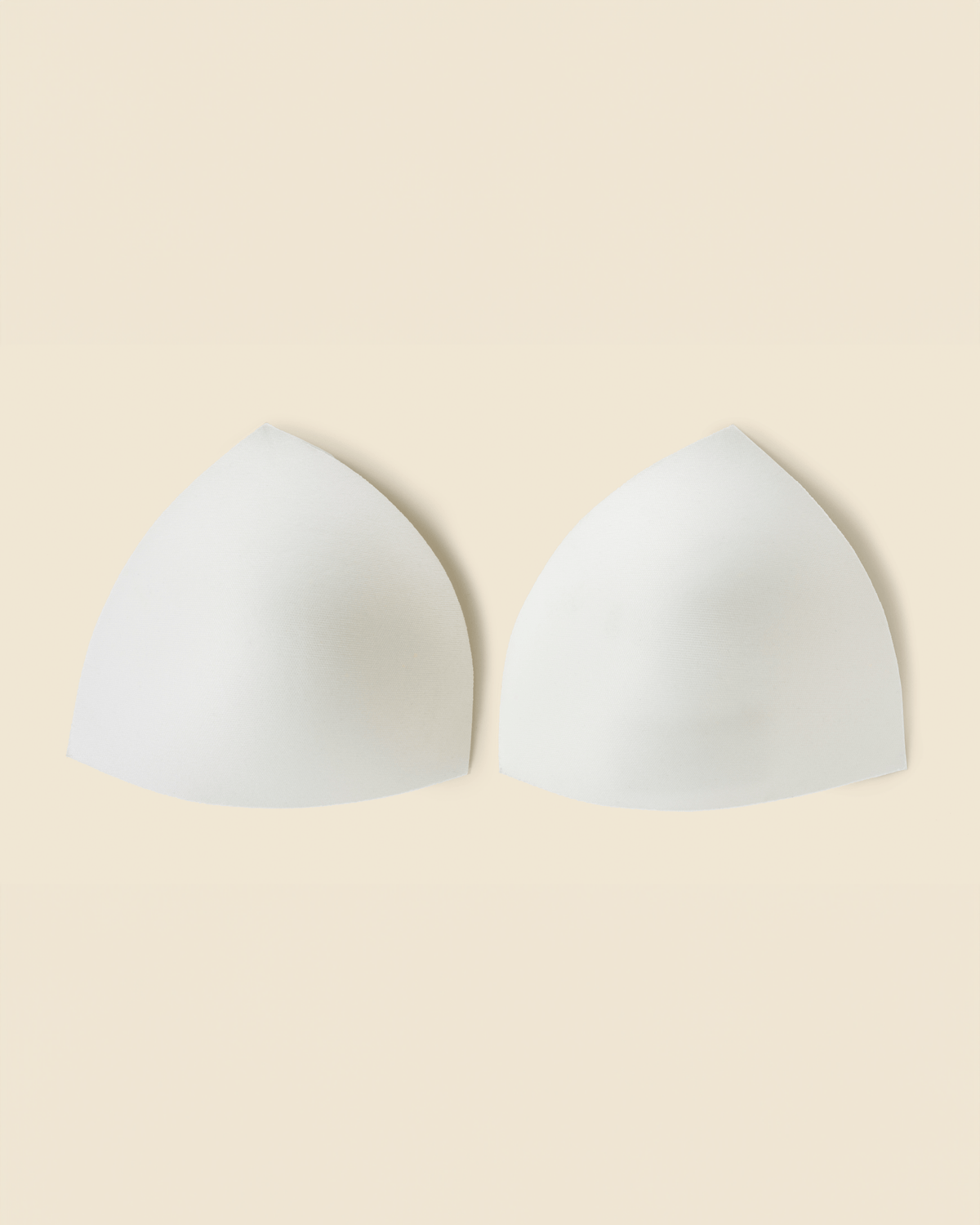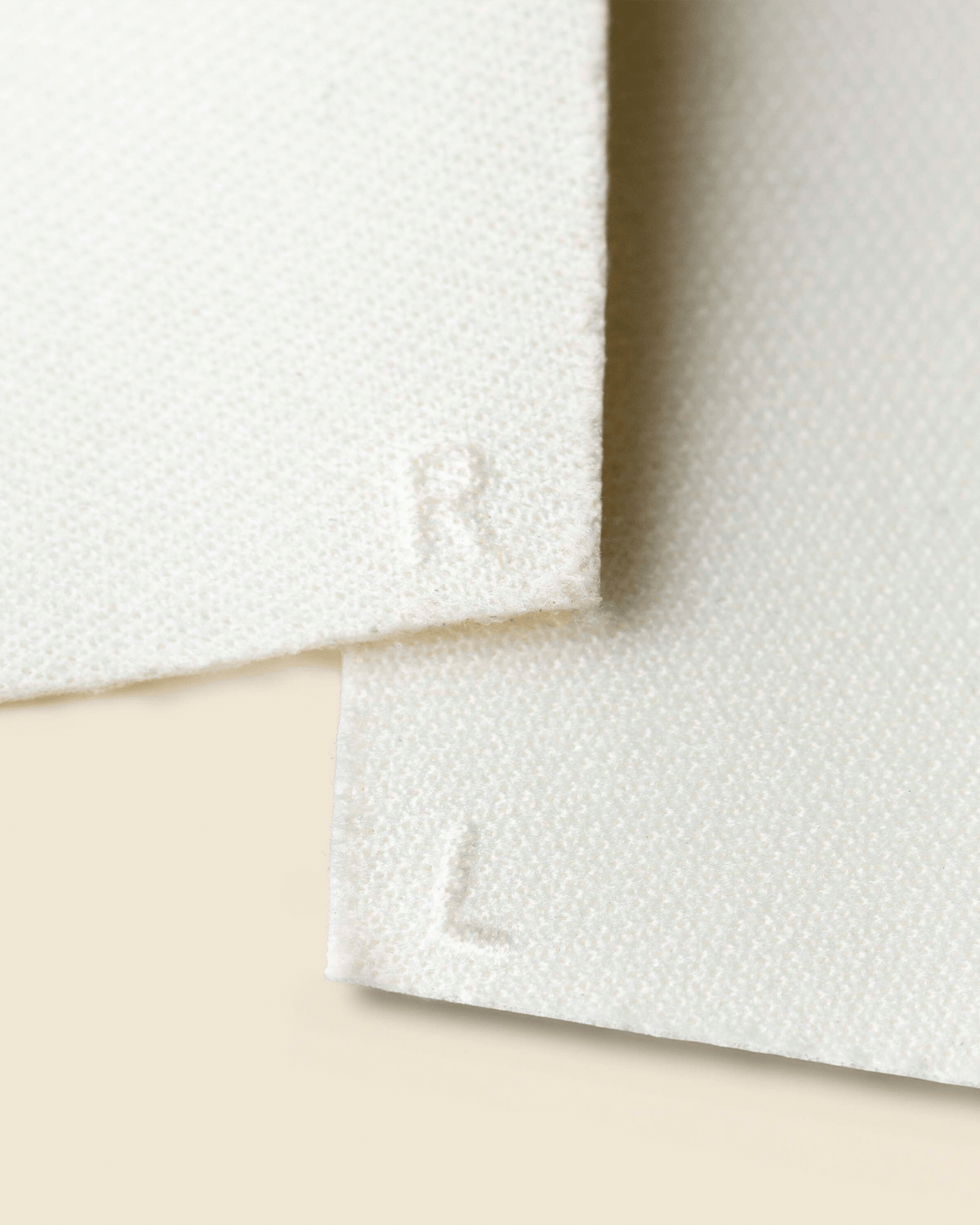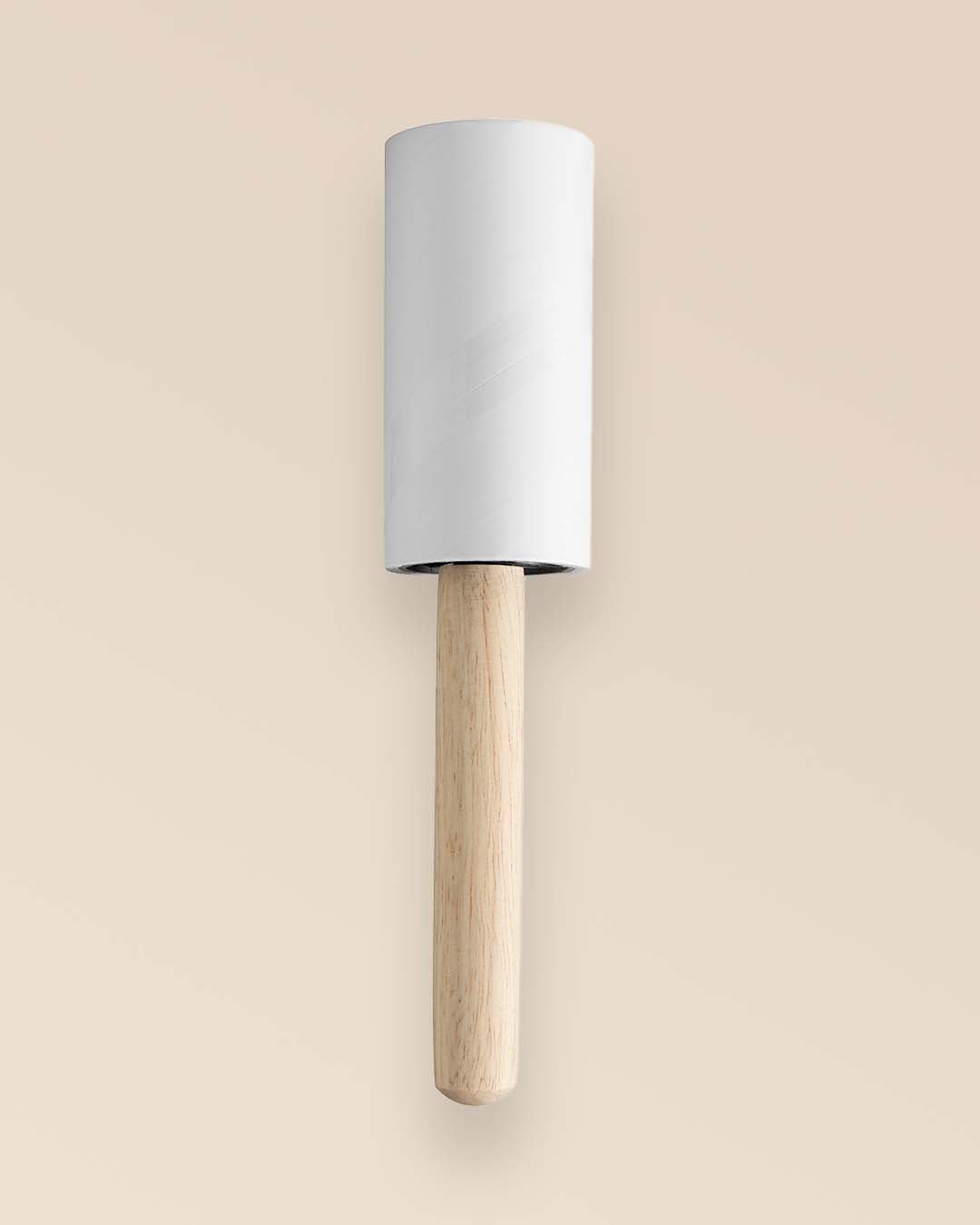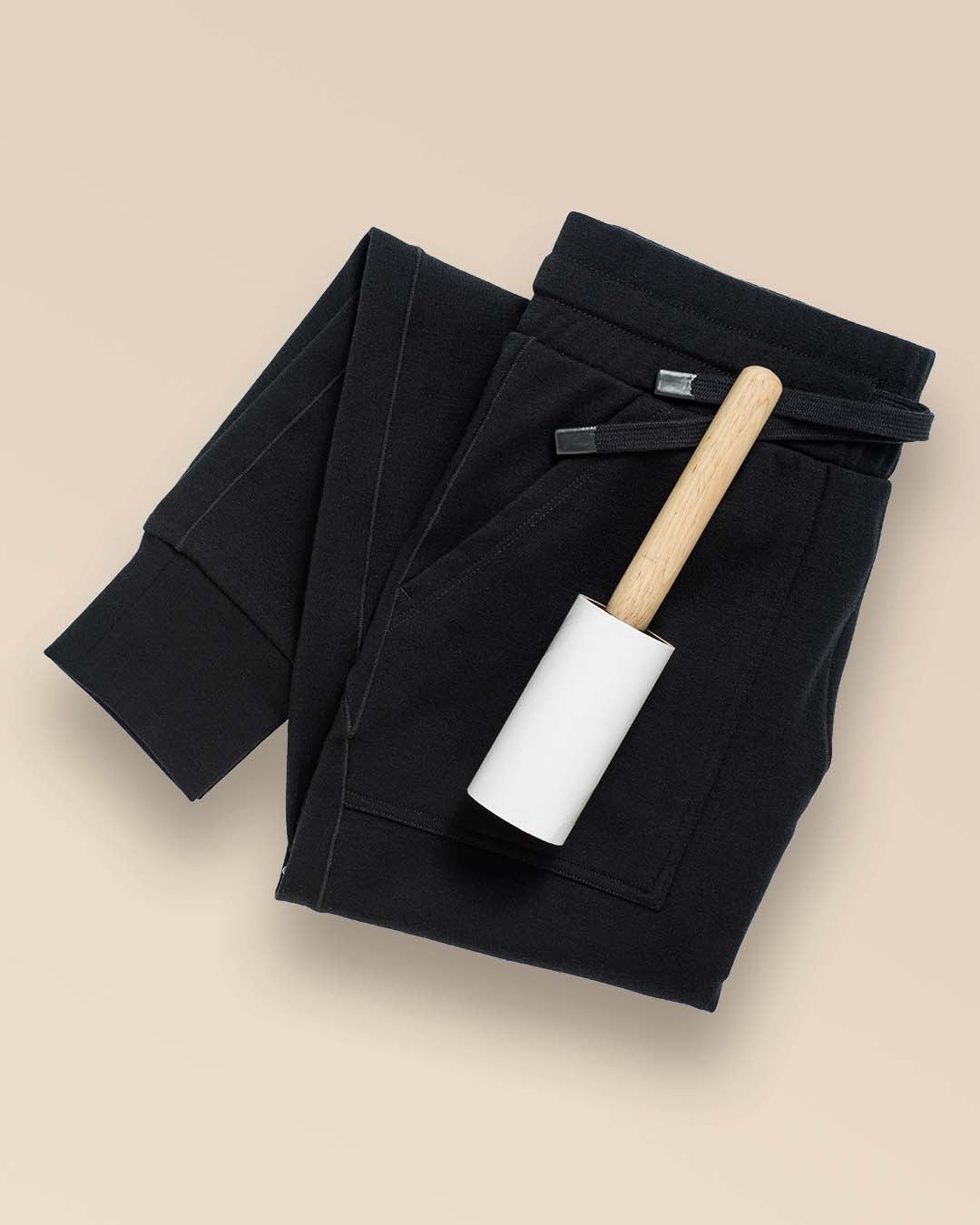In certain corners of the wellness world, there’s a belief that the clothes you wear don’t just shape how you look or feel—they literally “vibrate” with energy that can heal, uplift, or drain you. Wool and linen are often crowned the energetic champions, clocking in at an alleged 5,000 “units” of good vibes. Polyester is said to hover somewhere near zero, the fabric equivalent of an emotional flatline.
Without diving into the science, it’s easy to understand why this concept has caught fire. Put on a soft wool t-shirt, and your body just feels right.
But what does fabric frequency mean exactly? How much of this is science, and what is poetic metaphor? We dove into both the myth and the measurable facts to take a look.

The Origins of the Fabric Frequency Theory
Most of the buzz around fabric vibration theory stems from a 2003 experiment by Dr. Heidi Yellen. The medical doctor used a custom device called the Ag-Environ machine, originally designed by a Texas A&M professor to measure the "signature frequency” of agricultural products.
The non-standard tool doesn’t measure literal vibration in the physics sense (like oscillations per second). Instead, the “frequency” describes an alternative wellness metric used to measure bioenergetics—similar to how some people discuss Bovis scale readings.
According to Dr. Yellen’s results, different fabrics held the following frequency (according to Dr. Yellen, higher is better):
-
Linen: ~5,000
-
Wool: ~5,000
-
Organic cotton: ~100
-
Conventional cotton: ~70
-
Silk: ~15
-
Polyester and rayon: ~15 or effectively 0
-
Wool and linen together: effectively 0
One of the more memorable twists in the “fabric frequency” story is the idea that wearing wool and linen together somehow cancels out their alleged high-energy benefits—dropping you straight to zero. In Dr. Yellen’s interpretation, it might be because their “energy fields” flow in opposite directions (wool moving left-to-right, linen right-to-left).
The reality? These readings weren’t published in any scientific journal, and they haven’t been validated—or seemingly considered seriously—by the scientific community. Still, this thinking endures—perhaps because it’s built on a foundation of cultural reverence. For example, there’s an ancient Biblical rule that warns against wearing wool and linen together. On top of this, plenty of people (us included!) feel natural fibers “feel better.”
Where Science Steps In
So, does this mean the idea is pure fantasy? Not exactly. While there’s no solid evidence that fabrics emit measurable electromagnetic frequencies that alter your health directly, there is a wealth of research showing that different textiles interact with the human body in ways that can affect comfort, stress, skin health, and even mood.
Here’s what’s been studied:
1. Temperature and Moisture Management
Natural fibers manage heat and moisture differently. For example, wool can absorb a lot more moisture than other fibers, taking on about 35 percent of its weight in moisture before it starts to feel wet. Cotton, in contrast, absorbs less than 24 percent, while polyester absorbs less than 1 percent. Wool also helps trap body heat when the air is cold and keeps us cool when temperatures spike, which is why it's been used for centuries in both hot and cold climates. Polyester, on the other hand, tends to trap heat.
Learn more about exactly how this all works here.

2. Nervous System Response
A 2025 study published in The Egyptian Journal of Neurology, Psychiatry and Neurosurgery examined whether wearing wool could help neuropathic pain, a stubborn type of nerve pain that often resists standard treatments.
Researchers had 20 participants with chronic nerve pain wear wool wristbands for two hours. Using a test called sympathetic skin response (SSR)—which measures how well certain nerve pathways are firing—they compared results before and after the wool session.
The outcome? After wearing the knitted wool, participants showed a significant improvement in nerve conduction speed (shorter SSR latency), and those changes strongly correlated with reported pain relief. While the amplitude of the nerve response didn’t change much (meaning total sympathetic activity stayed steady), the speed boost suggests local improvements in nerve signaling.
3. Sleep
Research shows that what you wear to sleep can actually make a big difference. In a study comparing cotton, polyester, and Merino wool sleepwear, the Merino group slept the best. They drifted off faster, stayed asleep longer, and had fewer interruptions through the night—slightly outperforming cotton (another natural fiber) and far surpassing polyester. The reason? Merino’s ability to regulate body temperature keeps you in the “thermal comfort zone” where quality sleep happens.
4. Static Electricity
Static cling isn’t just a laundry annoyance—it’s a measurable difference in how fabrics handle electric charge. Natural fibers absorb a small amount of moisture from the air, which dissipates charge. Synthetics like polyester are hydrophobic, staying dry and letting charge build up. Anyone who has worn a polyester fleece or shirt on a dry day knows the zap of static or the clinging of the garment. Static discharges are usually harmless small sparks, but they can cause minor discomfort and attract dust.
5. Odor Control
When it comes to managing stink, natural fibers shine. Wool has long been studied for its odor-neutralizing properties, thanks to an internal structure that creates an environment unfriendly to bacteria, trapping the nasty stuff in its core before releasing it when washed. Linen also resists bacterial growth thanks in part to compounds in the flax plant.
Polyester? Not only does it harbor odor-causing bacteria, but those microbes cling to its fibers and resist washing. Studies show polyester gym clothes can smell significantly worse than natural fibers after workouts—and the odor can persist.
6. Chemicals and Skin Health
Synthetic fabrics often come with chemical finishes: dyes, anti-wrinkle agents, flame retardants, water repellents. Some contain BPA or PFAS—substances linked to hormonal disruption and other health concerns.
One striking case: when an airline switched from wool uniforms to polyester blends, many flight attendants developed rashes, respiratory problems, and other symptoms, which researchers linked to chemicals in the synthetic fabric.
This is just the start. There’s real evidence to suggest that what we wear can affect our physiology and it’s more than just natural fibers vs synthetics. For example, the element copper, when woven into fabric, has been shown to reduce inflammation, and linen dressing has been found to accelerate healing when used to dress wounds.

Why Natural Fibers “Feel” Better
You don’t have to buy into mystical frequency charts to notice a difference between wearing Merino wool and polyester.
Merino wool:
-
Manage moisture better, reducing clamminess and chafing
-
Stay fresher longer, thanks to antibacterial properties
-
Natural temperature regulation to keep you comfy (not too hot or cold)
-
Create less static cling
-
Contains absolutely zero BPA and PFAS
All of this translates to physical comfort—and when your body is physically at ease, your mood and energy often follow. At BRANWYN, we choose Merino wool for our Performance Innerwear & activewear for a reason. It’s breathable, moisture-wicking, odor-resistant, naturally antibacterial, and incredibly comfortable. You could say it’s “high-vibe” in the truest sense: it supports your body’s balance so you can perform, recover, and live better.
Whether you believe in mystical hertz values or just like the way Merino keeps you cool, dry, and fresh, the science says it’s doing real work for your comfort and well-being.
What are your thoughts on fabric frequency? We’d love to hear them! Please DM us at @branwynofficial or email us anytime at info@branywn.com.


